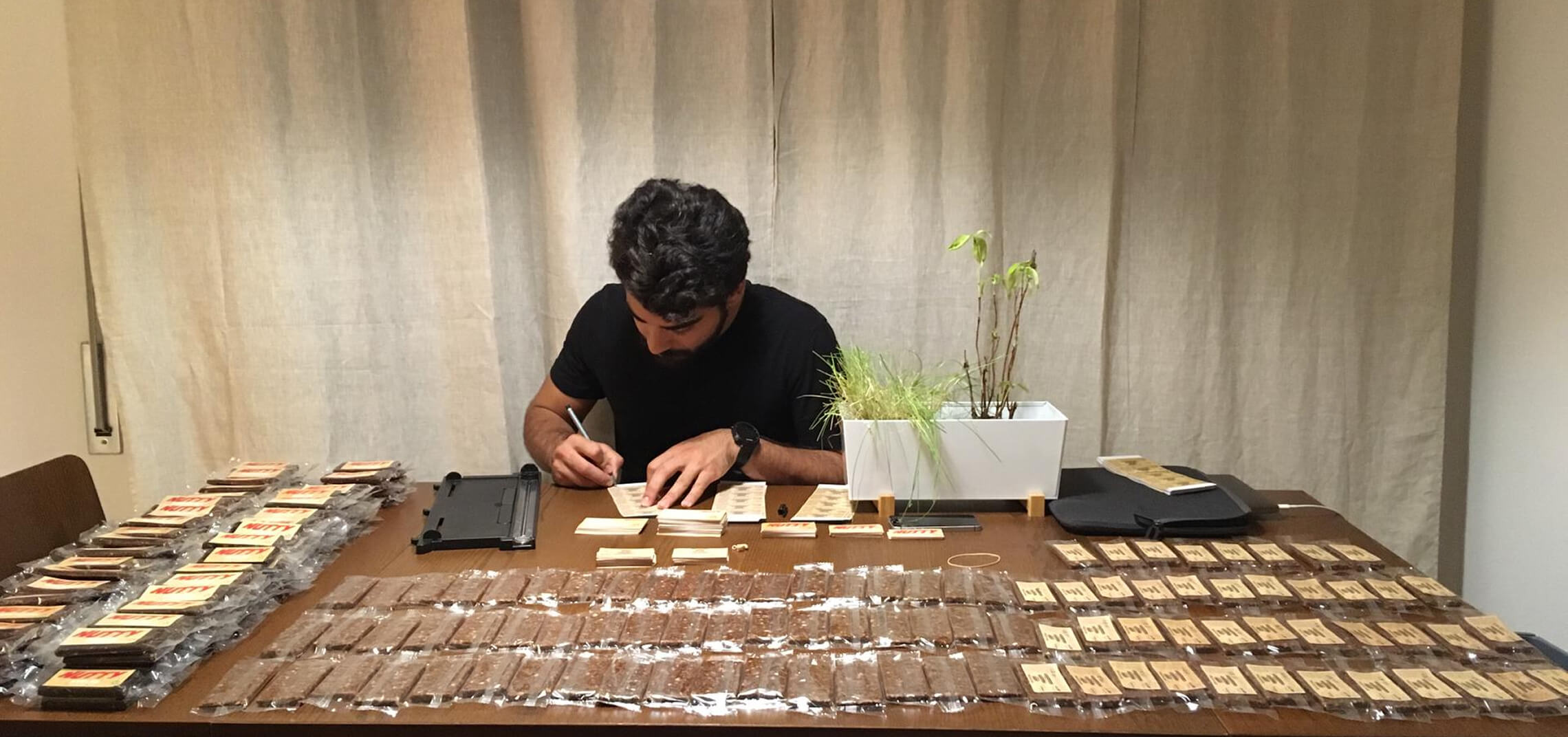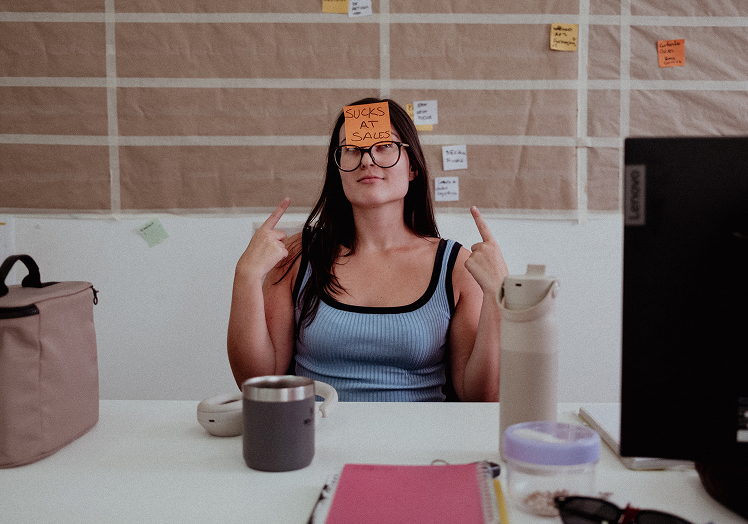Sustainability Is Hard. Here’s What We’re Doing About It
Becoming Greener Without Turning Into Tree-Huggers
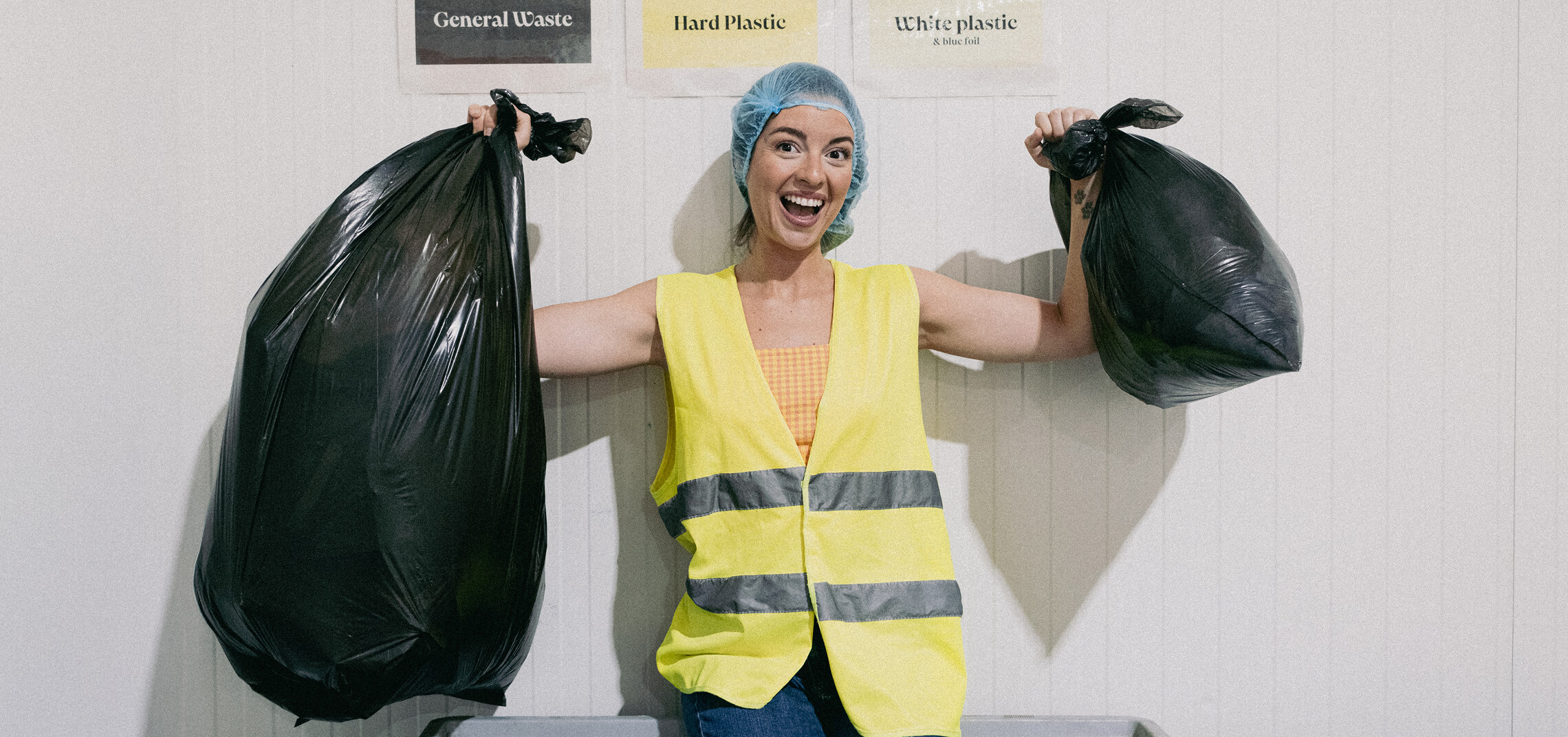
When you’re in survival mode, trying to stay afloat while building something from the ground up, certain things inevitably need to take priority. But as the business grows and the daily sprints of “will we make it?” fades away (well, it’s still there from time to time, just with fewer panic attacks), we can finally put more focus on the things we’ve always cared about. Sustainability is one of those things, even though it’s been on our radar since day one.
But now, as the company matures, it’s time to double down. The reality is that while we’ve always tried to do things the right way, there’s still a lot of work to be done. And we're ready to tackle it head-on. This isn’t about getting certifications to impress clients or adding a green sticker to our website so it looks legitimate. This is about making real, conscious changes and being honest about the challenges throughout. It’s not going to be easy, but we’re committed to it. We’re intentionally fighting for what we believe in - and we’re going to get there even if it takes more effort than expected. We like challenges.
Trials and Tribulations of Becoming Greener
At WildBran we have three core pillars: Product, People, and Planet. We’ve always had sustainability at the core of who we are, but now it’s time to bring the Planet pillar into sharper focus.
So how do we take it up a notch?
The first step was understanding exactly where we stood. We had to diagnose our current impact - energy consumption, water usage, and waste production. And it became clear that to get a clearer picture of our carbon footprint and start making improvements we needed some extra hands. Enter Carlota - our Circularity and Sustainability Trainee. While her title says “trainee,” she’s actually been schooling us in the realities and complexities of sustainability. She’s helping us shift from theoretical ideas to concrete actions. Which takes a ton of work. Very complex too, as many things that are true one minute become old news the next, so we need to constantly be up to date and adaptable too. Her arrival has been a true catalyst for change.
The first step was understanding exactly where we stood. We had to diagnose our current impact - energy consumption, water usage, and waste production.
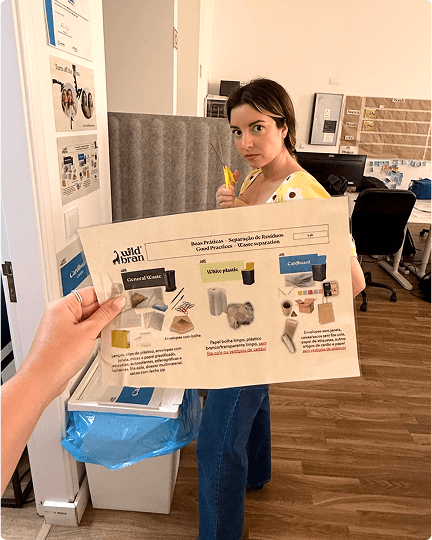
There 's Work to Do!
Before we could act, we had to know exactly where we stood. Energy, water, and waste are key to any sustainability strategy, so we needed solid numbers to guide our decisions.
But here’s the catch: our production machines didn’t have built-in systems for tracking these numbers. No problem - we’ve started measuring our impact manually. Since January 2024 we’ve been tracking everything by hand. And guess what? The numbers are already showing progress. We’ve reduced energy usage per unit produced since December 2024, and water usage per product has gone down since early 2025. But there’s still a lot of room for improvement.
But here’s the catch: our production machines didn’t have built-in systems for tracking these numbers. No problem - we’ve started measuring our impact manually.
Following the Trash
Once we had a clearer picture of our resource usage, it was time to focus on waste - specifically, plastic. Waste management has always been a priority for us, but now we’re putting the pedal to the metal with a goal to reduce it by 30% and improve our recycling rate by 50%. Here’s the twist: for years, we thought our plastics were being sorted and recycled properly. Spoiler alert: they weren’t. Our waste collection service was dumping everything in the landfill instead of recycling it. Big oops.
But we’re fixing it! Starting in May 2025, we’re now properly sorting our plastics ourselves before collection. It’s more work but it’s necessary and we’re committed to making it right. We’ve also run the numbers and discovered that in 2024 alone we used 119,200 single-use plastic items, including 89,700 plastic gloves. That’s a lot for 70-something people. We’re currently rethinking our approach to gloves, while still keeping our products safe and their quality in check - Quality team, you can all breathe ok?
For years we thought our plastics were being sorted and recycled properly. Spoiler alert: they weren’t.
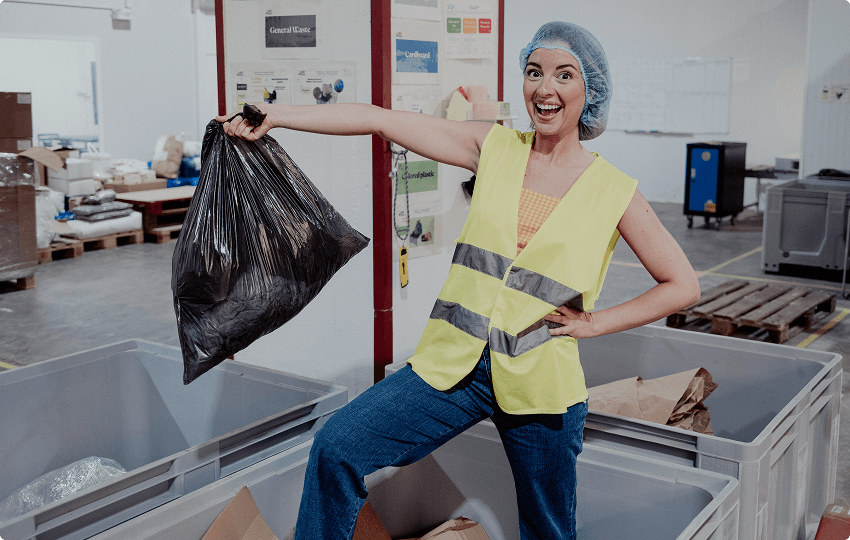
Supply Chain Mystery – Raw Material Origin Edition
We’ve always tried to source from suppliers as close to us as possible, but tracking the origin of our raw materials and measuring their environmental impact is still a challenge. To improve our supply chain’s sustainability, we need full transparency from our suppliers - and that’s something we’re working on.
Next Steps: Becoming a Circular Business
Looking ahead, our goal is clear: to become a fully circular business. Sustainability isn’t a goal we can just tick off - it’s an ongoing, evolving journey. Every small decision adds up. But we’re not chasing perfection; we’re focused on consistent progress. It isn’t an overnight fix. It’s about making quiet, incremental improvements over time. Sure, it’s frustrating at times - but it’s always moving forward because we keep taking action. There’s still a lot to do but we’re excited. This article barely scratches the surface, but we’ll be sharing everything with you as we go. Stick around - you won’t want to miss the ride. ;)

